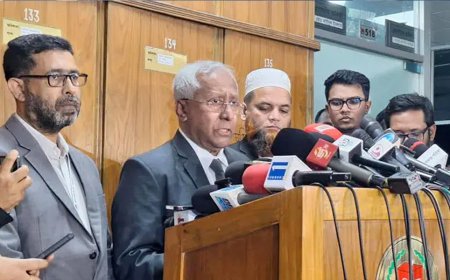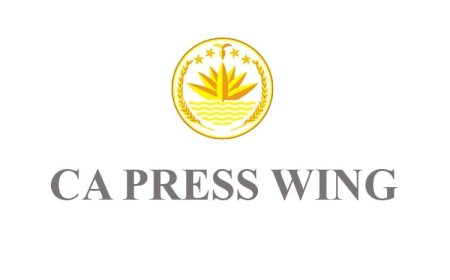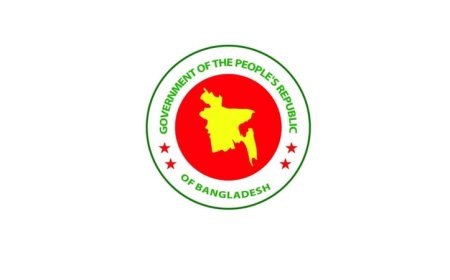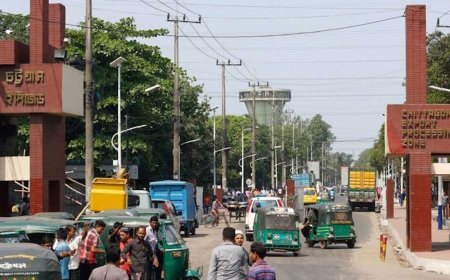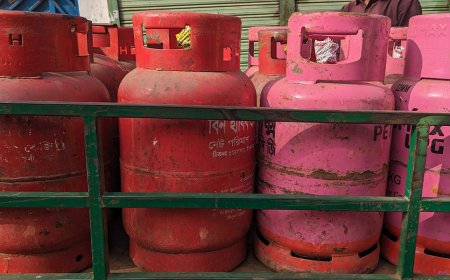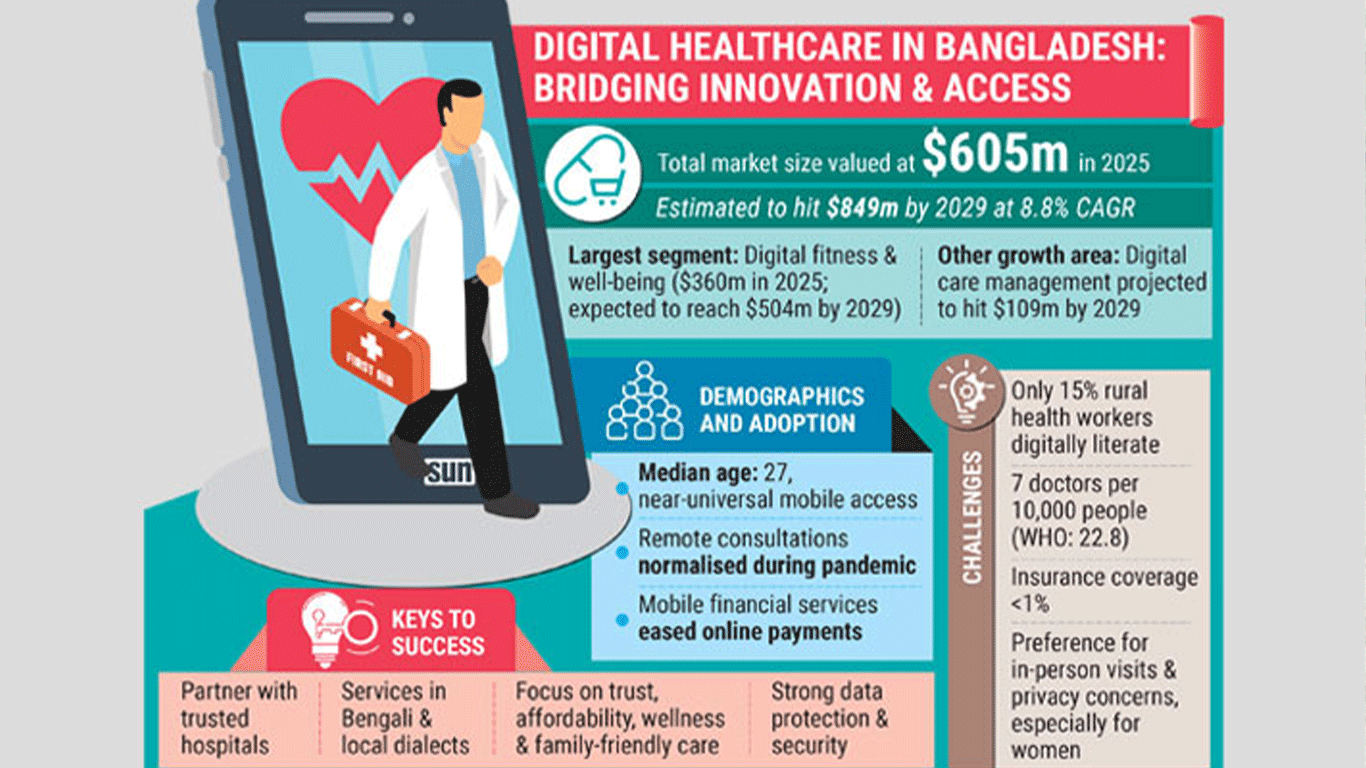Global hunger crisis worsens as leading nations fall short on aid contributions
Global hunger crisis worsens as leading nations fall short on aid contributions
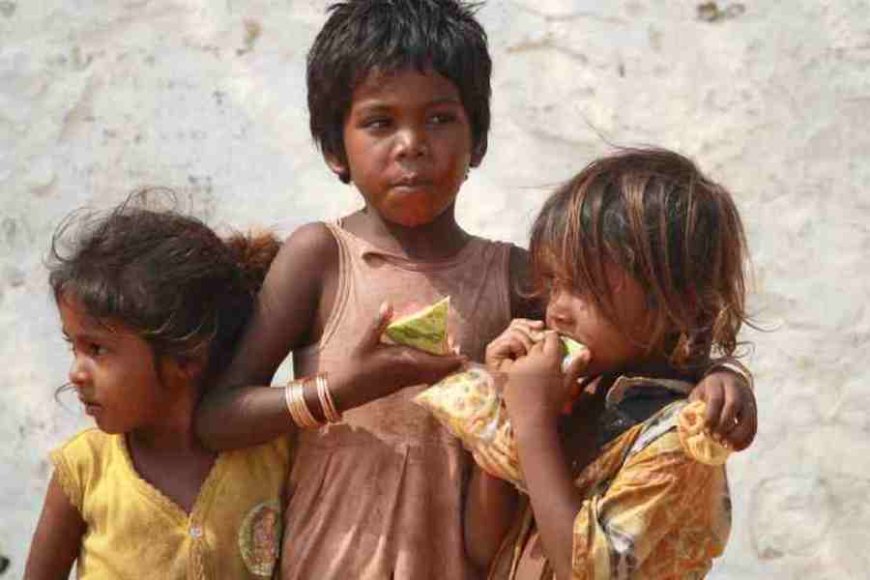
- Global hunger is increasing, while overall humanitarian aid from wealthy nations to the UN is decreasing.
- The UN estimates that at least 117 million people will lack aid by 2025.
- Germany, a leading UN humanitarian donor, is scaling back its aid contributions.
- Relief organizations are concerned about potential aid cuts from the US, the top donor, following Trump’s presidency.
- China and India, despite being among the five largest global economies, contribute less than 1% to UN humanitarian aid efforts.
The global hunger crisis reflects a stark reality: as the number of people in need continues to grow, contributions from the world’s wealthiest nations are falling. According to the United Nations, financial aid will only suffice to support 60% of the 307 million individuals projected to require humanitarian assistance next year. This leaves a staggering 117 million people without food or critical resources in 2025.
In 2024, the UN raised merely 46% of its $49.6 billion target for global aid, marking the second consecutive year of such shortfalls. Consequently, humanitarian organizations are making painful decisions, such as reducing food rations and cutting assistance eligibility. For example, in Syria, the World Food Program (WFP) has slashed aid recipients from six million to one million due to anticipated funding gaps. This dire situation led WFP officials to remark, “We are taking from the hungry to feed the starving.”
The funding gap stems from a convergence of crises, including widespread conflict, political instability, and extreme weather, which exacerbate famine risks. Wealthy nations are tightening their aid budgets. Germany, one of the UN’s top donors, has reduced its humanitarian contributions by $500 million for 2024 and may cut an additional $1 billion in 2025. Meanwhile, the United States—the largest donor, contributing $64.5 billion over five years—faces uncertainty as President-elect Donald Trump prepares to take office. Trump previously proposed substantial foreign aid cuts, and his advisers suggest further reductions could be imminent.
The global humanitarian funding model depends heavily on a few nations. The US, Germany, and the European Commission accounted for 58% of all contributions from 2020 to 2024. In stark contrast, major economies like China, Russia, and India collectively provided less than 1% of aid during the same period. Critics highlight this disparity, citing examples like China’s billion-dollar Olympic investments and India’s $75 million lunar mission while their humanitarian contributions remain minimal.
Delays and donor restrictions exacerbate challenges, often limiting flexibility and slowing aid delivery to areas of critical need. For instance, in Ethiopia’s hunger crisis from 2015 to 2018, late funding contributed to severe malnutrition among children. Moreover, conditions attached to aid, such as branding requirements or restrictions on where resources can be used, further strain relief efforts.
The UN’s fundraising shortfalls and operational challenges have prompted calls for systemic change. While proposals such as charging member states fees for humanitarian initiatives have been discussed, they face resistance from donor nations favoring case-by-case funding decisions. UN officials emphasize the urgent need to diversify funding sources, appealing for broader international support to tackle the escalating crisis.
What's Your Reaction?







